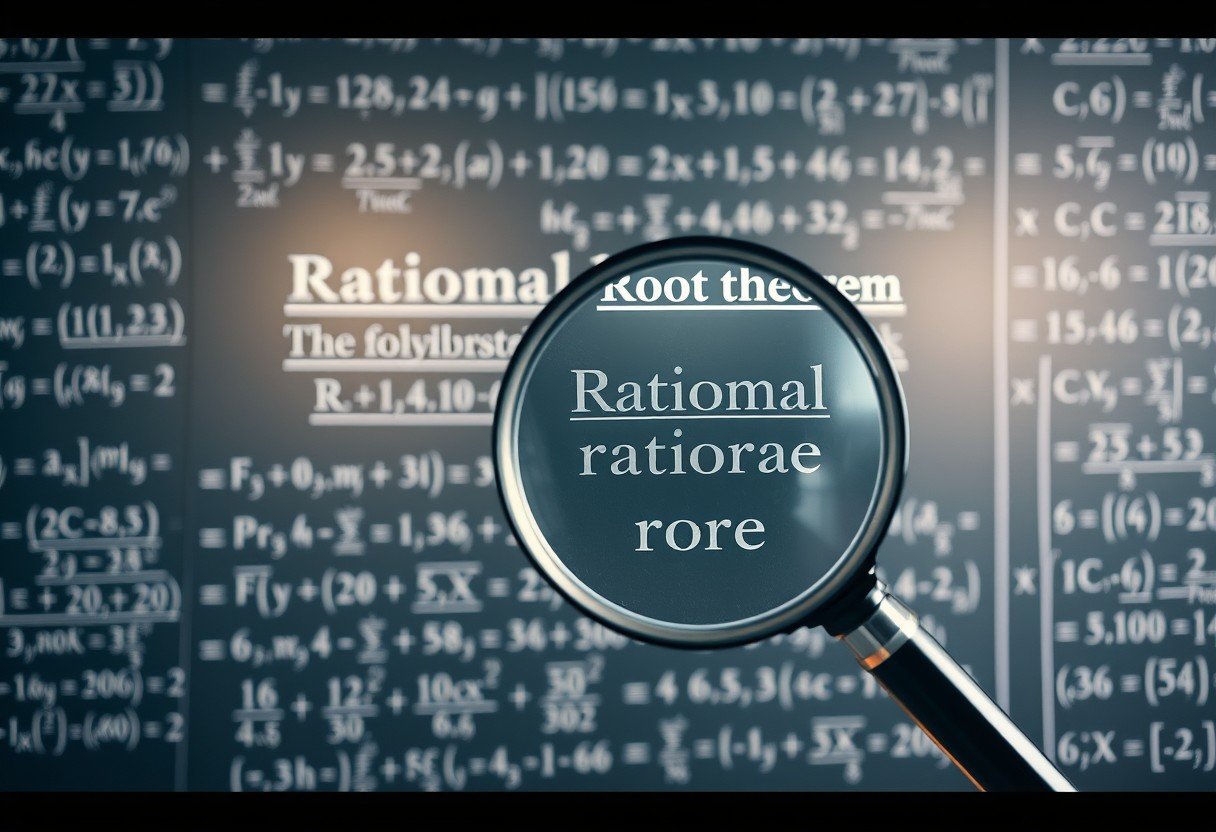If you’re a parent of two wonderful girls, you might be wondering about the chances of your next child being a boy. This common question touches on luck, probability, and biology. The simple answer is that your odds remain about 50/50 for each pregnancy. This is because each child’s gender is an independent event, meaning the gender of your previous children has no statistical bearing on your next one. Let’s explore why this is the case.
Why Your Past Children Don’t Predict the Future
A common belief is that after having two children of the same gender, the odds shift for the next one. However, this is one of the most widespread misunderstandings about probability. In statistics, each birth is considered an independent event.
This means that the outcome of one birth does not influence the outcome of the next. Think of it like flipping a coin. If you get heads twice in a row, the probability of getting tails on the next flip is still 50%. Your body doesn’t “try” to balance out the genders.
Each pregnancy is a fresh roll of the dice, with the same probabilities every single time. The fact that you have two daughters is a beautiful part of your family’s story, but it doesn’t change the statistical chances for your third child. The biological mechanism that determines gender resets with every conception.
The Simple Math Behind Gender Probability
Understanding the odds doesn’t require complex mathematics. The basic formula for probability is the number of favorable outcomes divided by the total number of possible outcomes. In the case of a baby’s gender, there are two possible outcomes: male or female.
If you are hoping for a male child, there is one favorable outcome (male) out of two total possibilities (male or female). Therefore, the probability is 1 divided by 2, which equals 0.50, or 50%. This fundamental principle holds true for every birth, regardless of what happened before.
| Pregnancy | Probability of a Male Child | Probability of a Female Child |
|---|---|---|
| First Child | 50% | 50% |
| Second Child | 50% | 50% |
| Third Child (After 2 Girls) | 50% | 50% |
This simple table illustrates how the probability remains constant. The outcome of the first and second pregnancies has no mathematical effect on the third.
Debunking Common Myths about Birth Patterns
Many people fall for a way of thinking known as the “Gambler’s Fallacy.” This is the mistaken belief that if something happens more frequently than normal during a given period, it will happen less frequently in the future. For example, someone might think that because a couple has two girls, a boy is “due” to even things out.
This line of reasoning is incorrect when applied to independent events like childbirth. Nature does not keep score. The biological process of gender determination is random and is not influenced by the desire to create a “balanced” family. These persistent myths can create unnecessary expectations, but understanding the science clarifies how gender distribution really works.
What Really Determines Your Baby’s Gender?
The probability is not just a mathematical concept; it is rooted in human biology. A baby’s gender is determined by the chromosomes contributed by the parents. A mother always provides an X chromosome, while a father can provide either an X or a Y chromosome.
If the father’s sperm carrying an X chromosome fertilizes the egg, the baby will be a girl (XX). If a sperm with a Y chromosome fertilizes the egg, the baby will be a boy (XY). The father’s sperm is the determining factor in a child’s biological sex.
While the split is roughly 50/50, some research suggests minor factors can slightly influence which type of sperm is more likely to reach the egg first. These can include:
- The timing of intercourse in relation to ovulation
- The pH balance of the female reproductive tract
- The overall health and diet of both parents
However, the impact of these factors is considered minimal and does not significantly change the fundamental 50% probability for any individual pregnancy.
Does Family History Play a Role?
You may have heard stories about families that seem to have only boys or only girls for generations. This leads many to wonder if there is a genetic predisposition that makes a family more likely to have one gender over the other. While some studies have explored this idea, there is no conclusive scientific evidence to support it.
Large-scale family tree analyses have not found a consistent, inheritable “gene” for having boys or girls. Most observed patterns in families are simply the result of statistical chance and coincidence. Over millions of births worldwide, the ratio of boys to girls is very close to 1:1, confirming the randomness of the process.
Therefore, while your family history is interesting, you should not rely on it to predict the gender of your next baby. The fundamental randomness of chromosome combination is the primary force at play.
What This Means for Expecting Parents
For parents hoping for a boy after having two girls, understanding the true odds can be both reassuring and a way to manage expectations. Knowing that the chance is 50% helps you embrace the unpredictability of welcoming a new child.
The emotional aspect of family planning is significant. It’s perfectly normal to have a preference for a particular gender, but it’s also important to focus on the health and happiness of your future child, regardless of whether they are a boy or a girl. Grasping the concept of probability allows you to let go of the pressure of “trying” for a specific gender and simply enjoy the journey of expanding your family.
Frequently Asked Questions
Is it more likely to have a boy after two girls?
No, it is not more likely. The gender of previous children does not influence the gender of the next child, as each birth is an independent event. The probability remains approximately 50% for a boy and 50% for a girl.
What is the gambler’s fallacy in pregnancy?
The gambler’s fallacy is the mistaken belief that past outcomes affect future probabilities. In pregnancy, it’s the idea that having two girls makes you “due” for a boy to balance things out, which is statistically incorrect.
Do some families have a gene for having more boys or girls?
While it’s a popular theory, there is no strong scientific evidence to prove that families carry a gene for having more children of a specific gender. Most observed family patterns are the result of random chance.
What is the actual probability of having a boy or a girl?
Globally, the birth ratio is slightly skewed, with about 105 boys born for every 100 girls. However, for any single pregnancy, the probability is so close to 50/50 that it’s the most practical and widely used figure for calculation.
How is a baby’s gender determined?
A baby’s gender is determined by the chromosome from the father’s sperm. The mother’s egg always contains an X chromosome. If the fertilizing sperm carries an X chromosome, the baby will be a girl (XX); if it carries a Y chromosome, the baby will be a boy (XY).









Leave a Comment